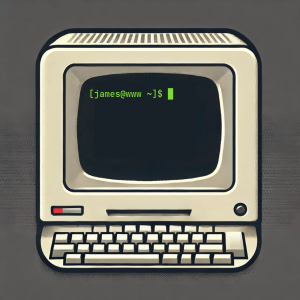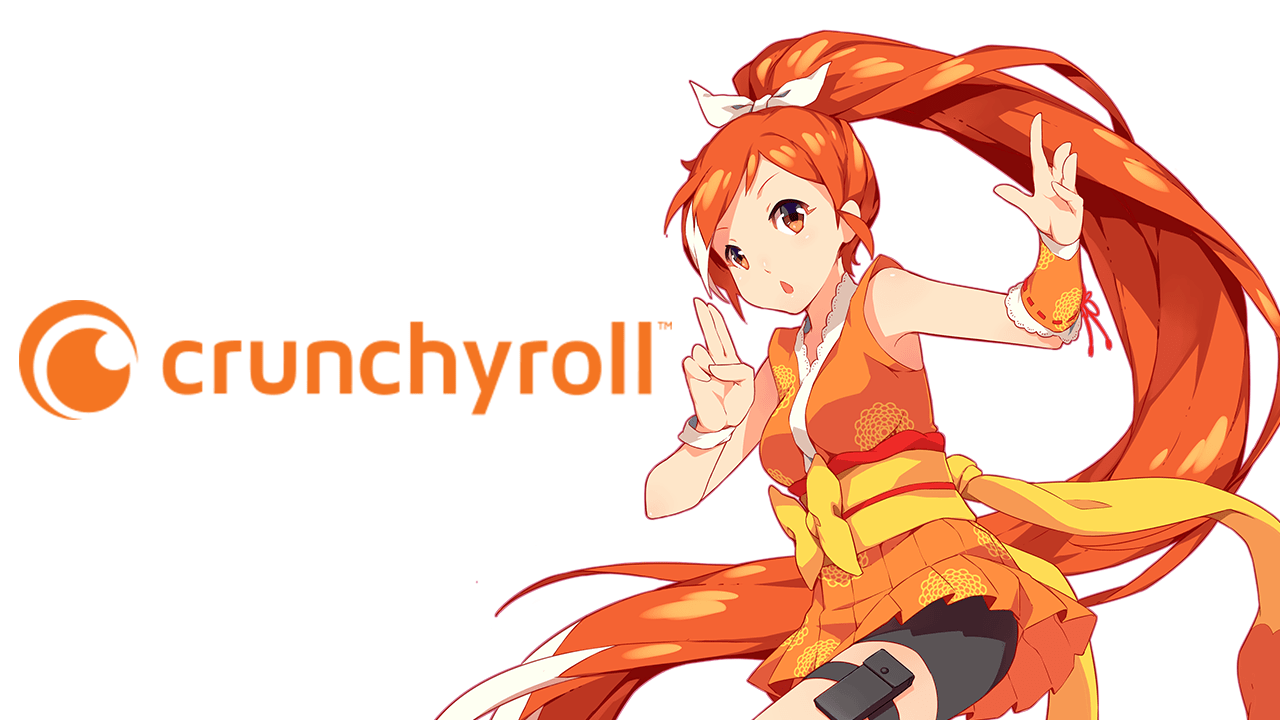All Rights Reserved on the featured image, owned by Crunchyroll. This usage hopefully falls under Fair Use.
This article was written by James North and is made available under a Creative Commons Attribution-NonCommercial 4.0 International License. Share it and build on it, but don't exploit it for commercial purposes.
Read the legalcode for the full terms.
There is no streaming market that better demonstrates The Monopoly Problem than the international anime streaming market in 2023. For most people, the only site they go to watch anime is Crunchyroll.
Well, that’s not entirely true. You could also go to HiDive, the only other anime streaming site left standing after a series of acquisitions and mergers by Sony that started quietly and quickly became aggressive just a few years prior.
You see, just a few years ago, there were a number of options if you wanted to watch anime. If you were in Australia, you might watch anime at Animelab, Crunchyroll, or FUNimation. If you were in Europe, Wakanim. Wakanim had a very unique feature that has not been seen before or since: it allowed paying subscribers to download DRM-free versions of the episodes.
What happened, exactly?
Well, it started with Wakanim. In 2015, Aniplex (an arm of Sony since 1995) became the major shareholder of Wakanim. The service appeared to operate in much the same way for the next 7 years.
Sony Pictures Entertainment, another arm of Sony, then acquired FUNimation in 2017. Ownership was later transferred to Aniplex (the other Sony arm) in 2019.
In 2020, FUNimation acquired Animelab and transferred all Australian subscribers to the FUNimation website in 2021. Being an Animelab subscriber myself, I noticed the downgrade. No longer was it immediately obvious which shows I could and could not watch; there was a good chance that if I clicked on a show, it would be blocked in my region. The FUNimation player was infamously bad. And all of the movies available on Animelab disappeared.
Essentially, I became a second-class customer because I don’t live in the United States. I quickly unsubscribed following this merger, but I wasn’t the only one complaining. This user, like I, was baffled that the fantastic Animelab service was retired in favour of FUNimation’s much worse service.
This was the first aggressive move by Sony. The most aggressive move, however, would come when FUNimation (already owned by Aniplex/Sony at this point) moved to acquire Crunchyroll in 2021, the world’s largest anime streaming service. FUNimation, at this point, was the second largest anime streaming service. Following an anti-trust review, FUNimation successfully acquired Crunchyroll and rebranded the consolidated services of Animelab, Wakanim, FUNimation, and Crunchyroll, as Crunchyroll.
In 2022, the following changes were made to Crunchyroll’s service:
- The combined catalogues of Animelab, FUNimation, and Wakanim were added to Crunchyroll.
- Membership prices increased.
- No newly aired anime would be available to watch for free, supported by ads. Only some older series are still available to watch for free.
- Wakanim’s industry-first DRM-free downloads feature disappeared with the service in November 2023.
Crunchyroll is now the biggest consolidation of anime streaming services in the west—no contest. Sure, Netflix and Amazon Prime might hold a few series hostage, but Crunchyroll has the largest catalogue by far. Immediately, the service worsened for customers…with the possible exception of FUNimation, which no one really liked to begin with.
These services were each originally owned by independent companies, but were swallowed up by Sony, a player which was not in the streaming industry at all until 2015.
In 2022, the only other major anime streaming competitor to Sony, HiDive, was acquired by AMC. When they heard the news that Crunchyroll and FUNimation, their two biggest competitors, were going to merge…they did the only thing they could. They pulled their content from Crunchyroll and made it exclusive to HiDive. It’s the only way they can compete with a monopoly!
And there it is: The Monopoly Problem.
The Monopoly Problem
Streaming is a strange business. While it is an industry with competitors, there are no direct competitors. Every anime streaming service today (all two of them) has exclusive licenses for the anime they stream. No other service can stream Fullmetal Alchemist: Brotherhood or Houseki no Kuni. If that’s the show you want to watch, you need to pay for that service.
And so, even if you absolutely despise a streaming service like FUNimation…if you really want to watch a particular show that’s only available there, you’ll pay for it. Streaming services don’t need to compete on features, and they don’t: they compete by holding shows hostage.
This is The Monopoly Problem.
The monopoly that allows streaming services to engage in this anti-competitive behaviour is copyright. Copyright is an artificial monopoly that gives the copyright holder the exclusive right to sell—or in this case, stream—the anime. Crunchyroll negotiates an exclusive license agreement with the copyright holder, they get the show, they localize it, and HiDive has no direct way to compete with that.
These companies have no incentive beyond unauthorized redistribution to make their services better if they can amass a large enough catalogue of shows you want to watch. The only way streaming companies can compete with each other is by holding a different set of shows hostage.
Some viewers make the argument that anime streaming would be better if Crunchyroll was the only company that streamed every anime. That way, they would only need to pay for one service, and they wouldn’t need to search multiple sites to know where to watch their show. Ergo, a streaming monopoly is in a viewer’s best interest.
This is kind of true, even if you discount all of the negative changes that were made to Crunchyroll’s service after massive consolidation. Every streaming service benefits from a monopolistic landscape by virtue of copyright. Viewers are forced to go to a service they don’t like if they want to watch a particular show, because no one else is legally allowed to offer it.
If every streaming service sucks, the only choice you have left to make is which show you want to watch. The service that collects the most shows wins. It gets worse the bigger the streaming service is—it's next to impossible for any upstart company, even a large one like Disney, to compete with an incumbent company like Crunchyroll because they already own so much of the market. Copyright reinforces streaming monopolies the bigger they get.
It's the same deal with how Disney+ overwhelmed Netflix with content. Disney as a company owns far more content than any other singular company, and Netflix's strategy to compete has been with Originals. A much more significant amount of capital is required to create original content than to negotiate a license agreement with an existing title.
Antitrust regulation will never truly address streaming monopolies without weakening or outright dismantling the artificial monopoly that copyright creates.
If all streaming services could legally stream all anime (perhaps by paying the copyright holders a royalty), they wouldn’t be able to compete based on an artificial monopoly anymore; they would need to compete on features. Users would be able to choose what streaming service they liked most and still get the service they want.
All that stands in the way of this more competitive landscape is copyright, and the ruthless corporations that have spent millions on lobbying to strengthen it over the last century.


